By Steve Lilley
In director Howard Hawks’s 1941 film classic, Sergeant York, then-Corporal Alvin York, portrayed by Gary Cooper, single-handedly knocks out more than 30 German machine-gun nests and, with little assistance, captures 132 enemy soldiers. In the process, the former conscientious objector from Tennessee drops 25 Germans with 25 shots, many fired from his trusty 1903 U.S. Springfield rifle. The movie’s climactic scene helped cement the Springfield’s mystique with generations of military firearms collectors, history buffs, and re-enactors. Sleek and accurate, the Springfield seemed the perfect weapon for an iconic American hero.
Inspiring as the film was, York probably did not use a Springfield rifle on that October day in 1918 during the Meuse-Argonne offensive. It seems more likely that York achieved his stunning feat of arms carrying the less-well-known but more widely issued U.S. Rifle Model 1917. Although some confusion persists about which rifle York carried during the battle, in his diary he wrote: “We got to France at Le Havre. There we turned in our guns and got British guns. I had taken a liking to my gun by this time. I had taken it apart and cleaned it enough to learn every piece and I could almost put it back together with my eyes shut. I didn’t like the British guns so well. I don’t think they were as accurate as our American rifles.”
A Shortage of Springfields
How did York wind up with a British gun? The explanation involves American ingenuity, productive capacity, and lack of preparedness for entry into the Great War. Having concluded that the Krag-Jorgensen rifles used by U.S. Army troops in the Spanish-American War were inferior to the 1893 Mauser rifles that the Spanish troops carried, the Army adopted the U.S. Magazine Rifle of 1903, commonly called the Springfield because it was manufactured at the U.S. armory in Springfield, Massachusetts. Based on Peter Paul Mauser’s bolt-action rifle design, the Springfield proved short enough for cavalry use and long enough for infantry use, and fired the new 30.06 service cartridge that matched or surpassed the performance of any standard military cartridge in the world. American troops instantly loved the rifle for its butter-smooth action and tack-driving accuracy.
Even so, the Springfield suffered from one serious weakness: limited production. Before the United States entered World War I, this mattered little. In 1917, the U.S. Army mustered roughly 127,500 officers and men, fewer men than Portugal’s army. When Congress declared war on the Central Powers on April 6 and later implemented military conscription, the U.S. Army embarked on a 30-fold expansion, growing to roughly four million soldiers in just over a year.
Training and equipping so large a force quickly enough to enter the war before Germany overran the French and the British appeared insurmountable even for the United States. Lack of sufficient quantities of war materiel in general and infantry weapons in particular hampered preparations. The U.S. Army had 600,000 of its superb Springfield rifles in 1917. Another 160,000 of the old Krags in .30-caliber also remained available. For training purposes, the Army purchased 1891 Russian Mosin-Nagant rifles in 7.62 X 54 mm and roughly 20,000 .303-caliber Canadian Ross rifles that, if improperly assembled, occasionally launched their bolts into the shooter’s face. Even if these weapons were suitable for combat, their incompatible parts and calibers created a logistical nightmare.
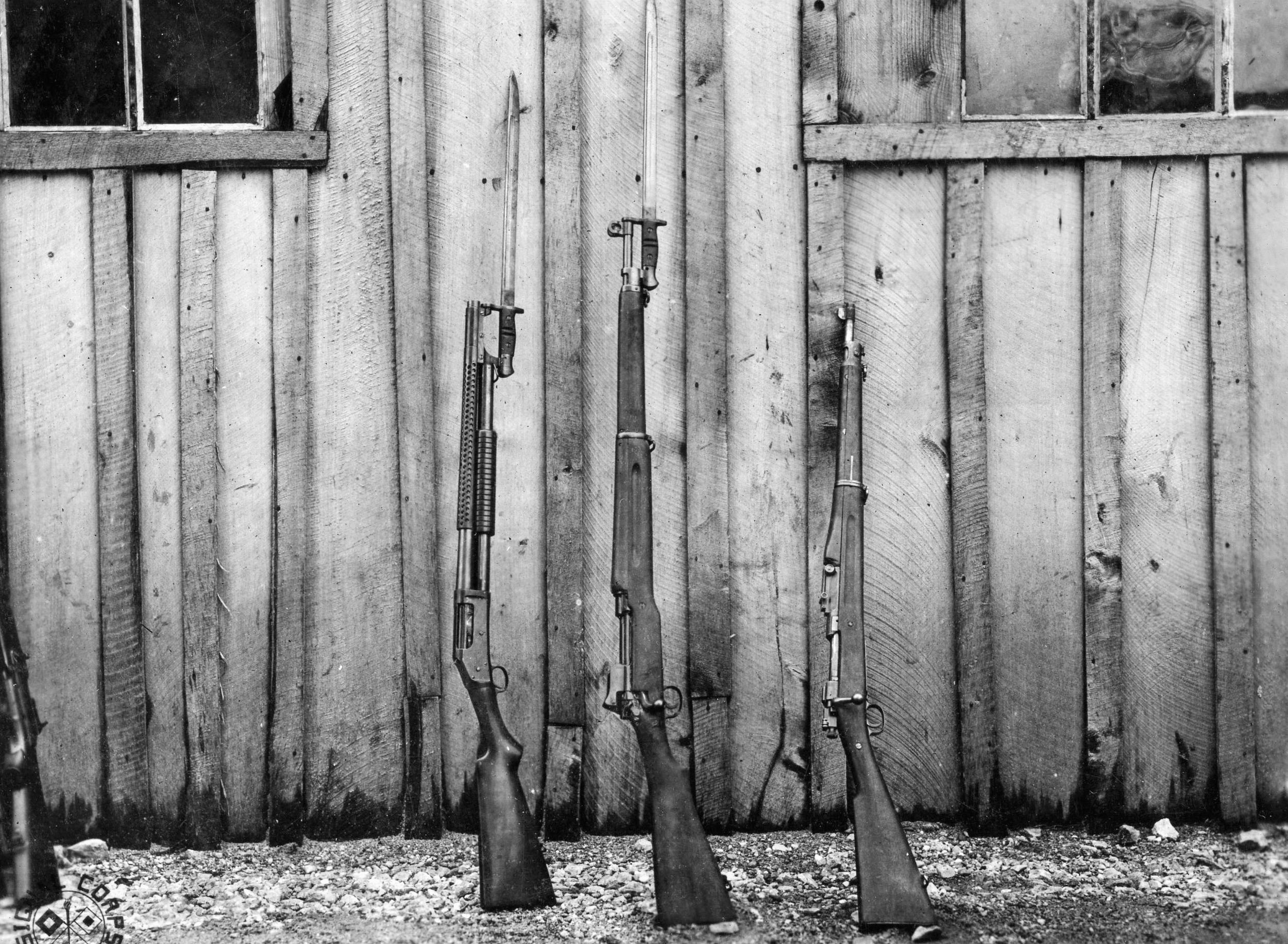
The Army clearly preferred the 1903 Springfields, but only two factories had ever produced the rifle. The Springfield Armory, the larger of the two facilities, quickly maximized its production. The other facility, the Rock Island Arsenal in Illinois, also possessed the machinery necessary to produce Springfields, but the War Department had closed the plant in February 1914. As tensions mounted between the United States and Germany, the Rock Island Arsenal reopened two months prior to the American declaration of war. Unfortunately, much of the arsenal’s skilled work force had found employment elsewhere, delaying the plant’s return to full production capacity. The United States was fast creating an army without rifles.
The Pattern 14: An Aborted Replacement for the British “Smellies”
The War Department considered issuing contracts to commercial firearms companies to produce the Springfields, but quickly rejected the idea. It would require far too much time to re-equip and retool plants and train the work force necessary to produce the rifles. A better option appeared when fully equipped factories with trained workers became available at exactly the right moment, though not for producing Springfields. In 1913, Great Britain had begun experimenting with a weapon to replace the Short Magazine Lee Enfield (SMLE) rifles issued to their army. Affectionately nicknamed “smellies” by British troops, the Mark III Lee Enfields, first issued in 1907, were chambered for the .303-caliber, rimmed, smokeless cartridge that had served the Royal Army as standard issue since the 1880s. Germany had long used the rimless 7.92mm in its service rifles, and the American adoption of its rimless 30.06 inspired Great Britain to consider replacing the SMLE with a stronger bolt-action rifle chambered for a more modern, more powerful cartridge. The British based their experimental rifle on the Mauser action, just as the Americans had, and developed a high-velocity, high-pressure .276-caliber rimless cartridge for the weapon.
The Royal Small Arms Factory at Enfield Lock produced 1,000 of the new rifles for tests, but abandoned the project when Britain entered the Great War. Britain faced the same problem the United States would confront three years later, expanding its small peacetime army, equipping it, and deploying it on the battlefield in time to defeat Germany. Adopting a new infantry rifle and cartridge seemed an impractical use of Great Britain’s limited resources. Worse yet, the new .276-caliber cartridge posed problems of rapid barrel erosion, exceptionally loud report, and bright muzzle flash. For the time being, the old “smellies” would have to do, but the British government doubted its ability to produce these in sufficient numbers. The solution was a compromise that permitted continued development of the new rifle, but in the old .303-caliber. To this end, Great Britain turned to the United States’ surplus manufacturing capacity.
The British government issued contracts for the production of the new rifle, designated the Pattern 1914, at three American plants: Winchester Repeating Arms of New Haven, Connecticut; Remington Arms Company at Ilion, New York; and Remington’s plant at Eddy-stone, Pennsylvania. The Pattern 14s differed little from their experimental predecessors aside from their .303 chambering. Despite rising production costs and delays occasioned by on-site British quality inspectors, the U.S. plants produced nearly 1,900,000 Pattern 14s, with Eddystone producing the greatest number and Winchester the least.
Just when Great Britain seemed poised to replace the SMLE rifle with the Pattern 14, the smellies, despite their supposed obsolescence, performed admirably in the trenches. The .303 cartridge proved perfectly adequate for modern warfare, and the standard Mark III Enfield not only functioned reliably but also held twice as many rounds in its detachable box magazine as Germany’s 1898 Mauser. More importantly, Britain’s accelerated SMLE production satisfied the Royal Army’s needs. American production of the Pattern 14 became unnecessary, and the British government canceled the American contracts. Production ended in July 1917, just as the United States mobilized for its own entry into the war.
From Pattern 14 to U.S. Rifle Model 1917
The cancelation could not have come at a better time for the United States. The Ordnance Department had already considered adopting the Pattern 14 as an alternate infantry rifle to supplement the Springfield, but did not want a rifle in the .303-caliber British model. Now the United States found itself with three fully operational factories capable of producing a modern infantry rifle and seeking a buyer for their goods. War mobilization forced a quick decision. Rather than retool commercial firms and train a workforce to manufacture Springfields, a lengthy task at best, the Ordnance Department decided to purchase American-made Pattern 14s with one key modification. The otherwise identical rifles would be chambered for the 30.06 cartridge and the new rifle adopted as the U.S. Rifle Model 1917. With one brilliant administrative decision, the Ordnance Department solved the Army’s rifle shortage—or so it seemed.
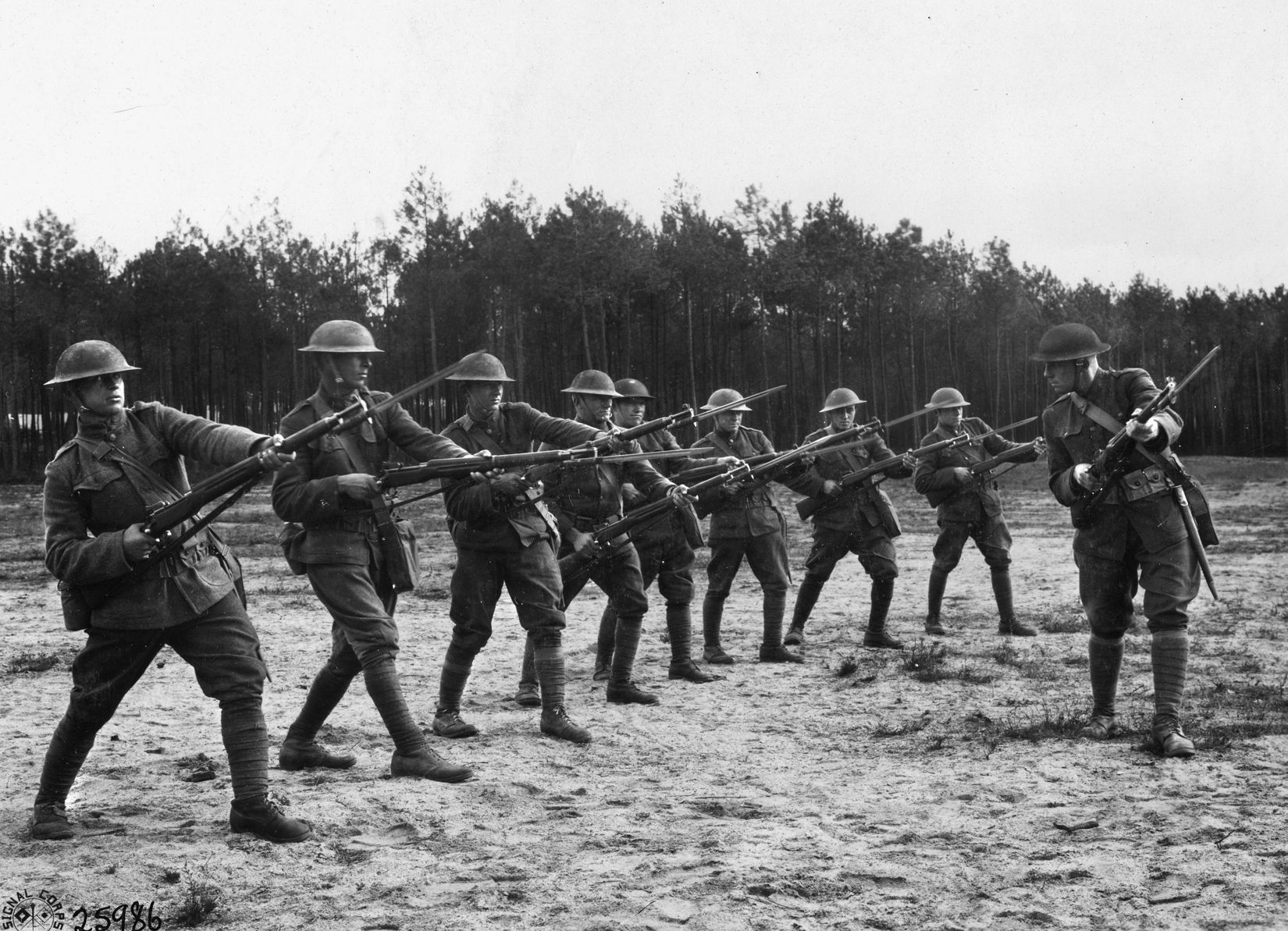
Modifying the Pattern 14 to fire the 30.06 cartridge proved simple enough. Built with the potent .276 cartridge in mind, the Pattern 14 boasted an exceptionally strong action perfectly capable of accommodating the high-pressure American cartridge. The only real difficulty involved parts interchangeability. Tests revealed that Pattern 14 parts were built to comparatively loose tolerances and often required time-consuming hand fitting. This threatened delivery schedules and complicated repair, but desperate for weapons, the War Department issued contracts for the new rifle’s production. Although the initial runs of 1917 rifles from Winchester suffered from this problem, the rifles eventually enjoyed 95 percent interchangeability, a satisfactory rate during wartime.
By February 1918, the three plants combined produced over 7,000 of the 1917 Enfield rifles daily for the princely sum of $26 per copy, half of what the P-14s had cost to produce. By war’s end, 75 percent of the doughboys carried the “U.S. Enfield,” as it was often called. The Marine Corps received 61,000 and the Navy received 604 1917s.
The 1917 Enfield’s Advantages and Disadvantages Over the Springfield Rifle
Although the 1917 rifle solved the War Department’s rifle supply problems, many American soldiers shared Alvin York’s preference for the Springfield. They complained about the new rifle’s weight, nearly a pound heavier than the Springfield, and its length, two inches longer. Some also disliked the fact that the 1917’s bolt cocked on closing, whereas the Springfield cocked on opening. Soldiers objected to the American Enfield’s lack of magazine cutoff. Because of this, the bolt could not be closed on an empty magazine unless the soldier depressed the magazine follower with his thumb or inserted a coin on top of it. Many also shared York’s opinion that the Springfield performed more accurately than the 1917. The 1917s sights lacked any device for windage adjustment, an omission that riled competitive shooters. A few soldiers even objected that the rifle’s sight protectors would distract the shooter from acquiring an adequate sight picture.
Despite the doughboys’ objections, the Enfield had definite advantages over the Springfield. Although the Enfield sights lacked windage adjustment, the Enfield’s aperture rear sight lay closer to the shooter’s eye and could be much more easily acquired in combat conditions. The 1917’s sights rested safely between protective “ears” that shielded them from abuse. Accuracy proved better than the rifle’s critics expected. In 1918, Marine Corporal F.L. Branson, using a 1917 rifle, won the 1,000-yard competition at the national matches at Camp Perry, Ohio.
The Enfield’s box magazine originally accommodated five .303 cartridges, but the 30.06 cartridge’s smaller-diameter rimless head occupied less space, giving the 1917 Enfield a six-round capacity compared to the Springfield’s five. Unfortunately, the Army still issued only five-round stripper clips, which undermined the advantage. Finally, the Enfield adapted readily to the French Viven-Bessiere grenade launcher. Equipped with such accessories as a 22-inch bayonet designed for the P-14, the 1917 proved itself equal or superior to any infantry rifle issued in the Great War.
The American 1917 Enfield After the War
By the time of the Armistice in November 1918, the Remington, Winchester, and Eddy-stone plants had produced 2,193,429 1917 rifles, so many that the War Department considered adopting them to replace the Springfields. In the end, the Springfield won the battle, partly because match shooters preferred its sights for competitive shooting. During the postwar years, the Army refurbished its inventory of 1917 rifles. Some were sold to the Philippines, and a few found their way home to ROTC units for drill purposes. Most simply languished in storage.
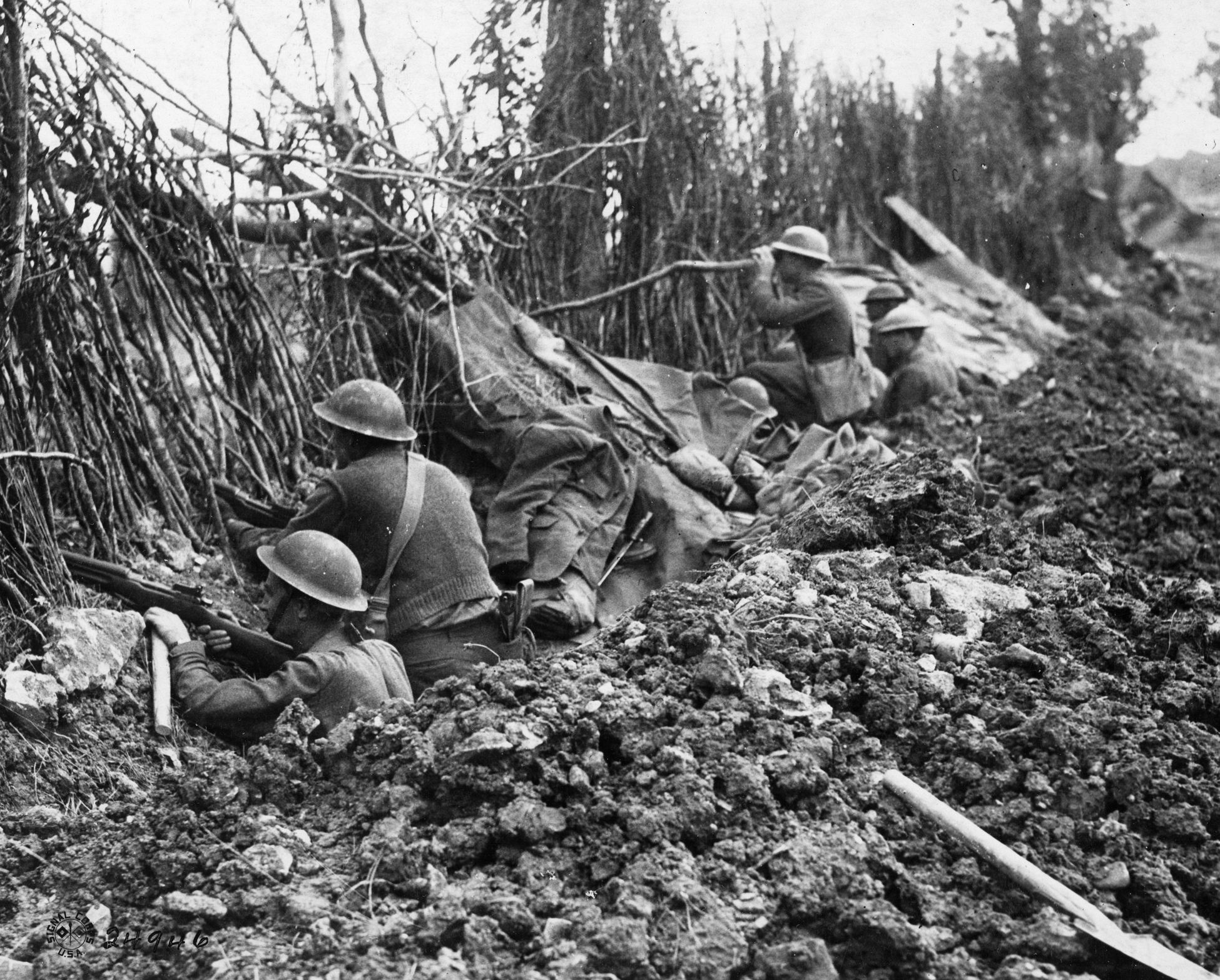
World War II changed all that. After the British Expeditionary Force abandoned its weapons on the beaches at Dunkirk, the Royal Army faced a German cross-Channel invasion lacking equipment of every kind, especially infantry rifles. The British government appealed to civilians to volunteer their firearms for home defense use, but post-World War I legal restrictions on firearms ownership and the manufacture of automatic weapons made suitable firearms scarce in the British Isles. Although many British civilians turned in the few weapons they had, their contributions did little to alleviate the shortage. The British government bought advertising space in U.S. publications asking Americans to “Send a Gun to Defend a British Home.” American citizens shipped a vast assortment of personal firearms to the beleaguered nation to fill the gap.
Despite American generosity, Great Britain’s army desperately needed uniform modern battle rifles. Once again, the 1917 rifle came to the rescue. Roughly one million of the Americanized Enfields reached Britain through the Lend-Lease program. To avoid confusion with the .303 Pattern 14 rifles still in Royal Army inventories, the British marked the 30.06 1917 butt stocks with red paint. Nationalist China also received shipments of the rifles.
When the Japanese attack on Pearl Harbor thrust the United States into World War II in December 1941, the U.S. Army, while better prepared for war than it had been in 1917, once again suffered equipment shortages. Over 200,000 1917s were issued for training purposes within the United States. A few also turned up in the hands of artillery and mortar crews during the North African campaign in 1942.
By 1943, the Army’s infantry rifle shortages abated. Supplies of the U.S. Rifle Model 1903-A3, a Springfield modified for rapid manufacture, appeared in growing numbers, and the magnificent U.S. Rifle Caliber .30 M-1, called the Garand in honor of its designer, became available by the millions. By October 1945, the 1917 rifle had been declared obsolete. The military life of the American Enfield had passed.
A Gun for Civilians and Collectors
The American Enfield lives on in civilian hands. After World War I, many returning doughboys’ wartime weapons experience whetted their appetite for bolt-action sporting rifles. Remington possessed large stocks of 1917 rifle parts, and from 1926 to 1940 the company produced a sporting version of the American Enfield designated the Model 30. Many surplus 1917s were sold to civilians after World War II. Their stout nickel-steel actions made them suitable for conversion to powerful sporting cartridges, and many were converted into sport rifles. Today, unaltered 1917s have become increasingly scarce and collectible.
While it never developed the mystique associated with the Springfield rifle, it was the American Enfield that Alvin York and most of his brothers in arms carried to victory in World War I.
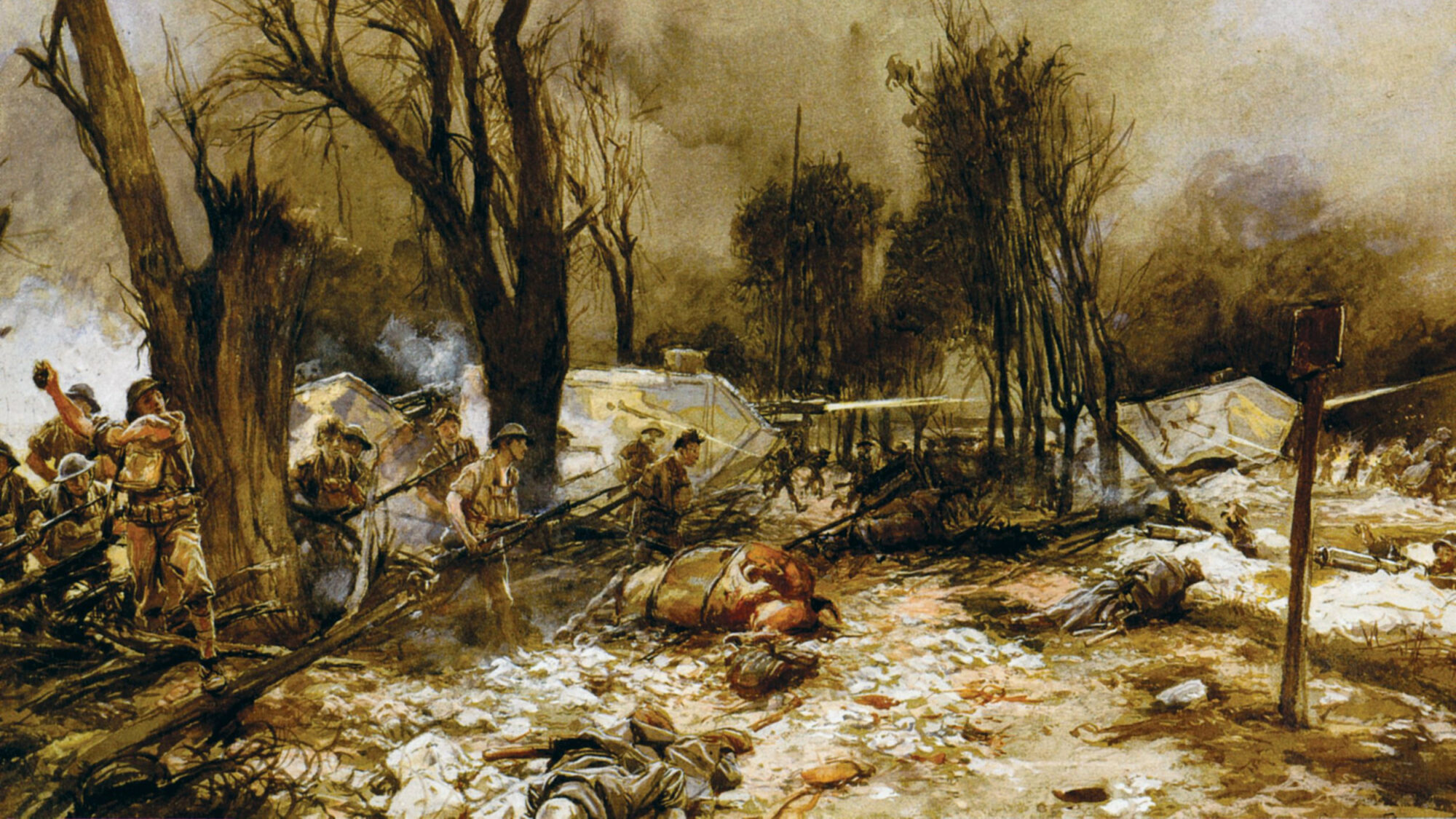
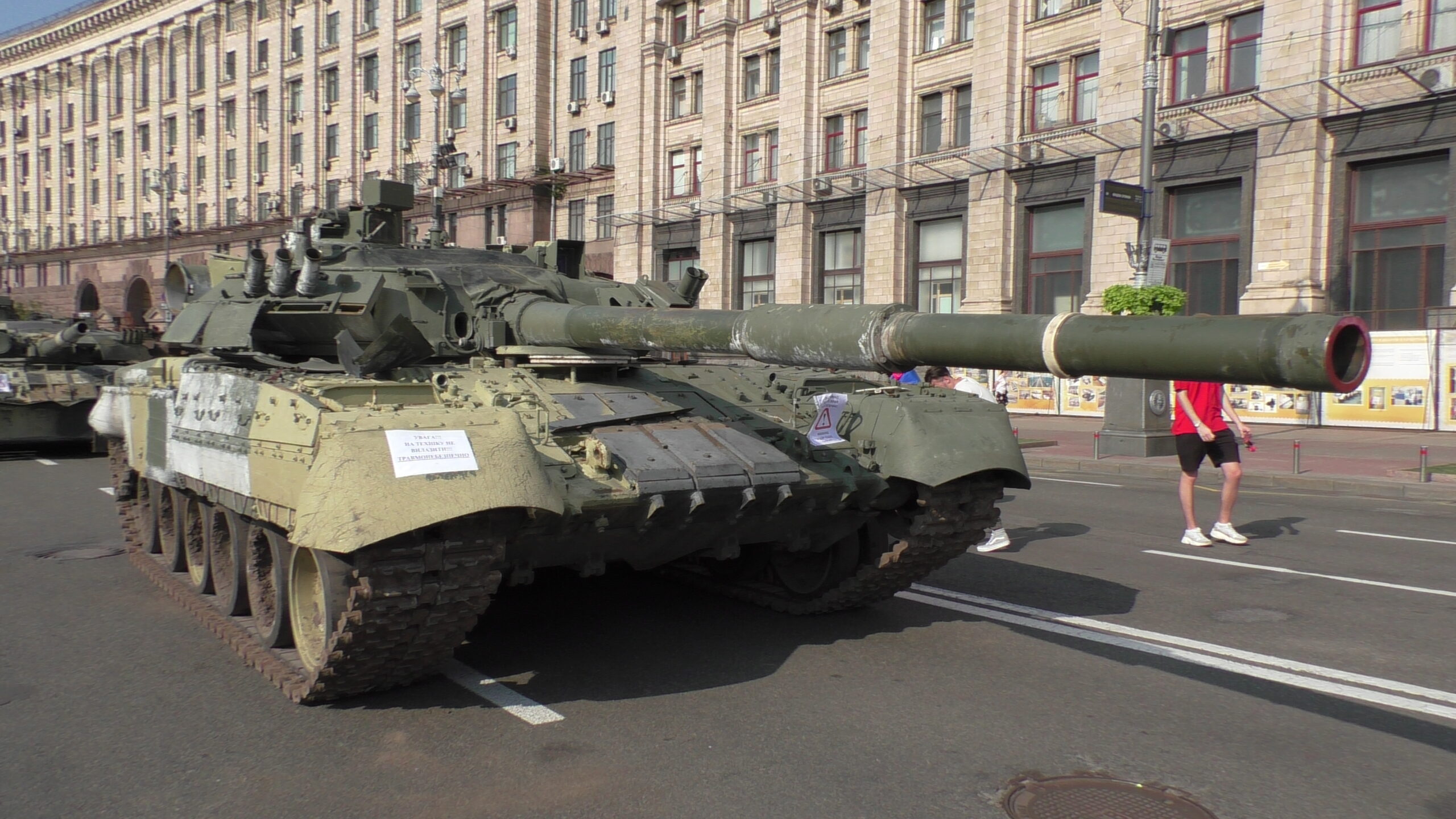
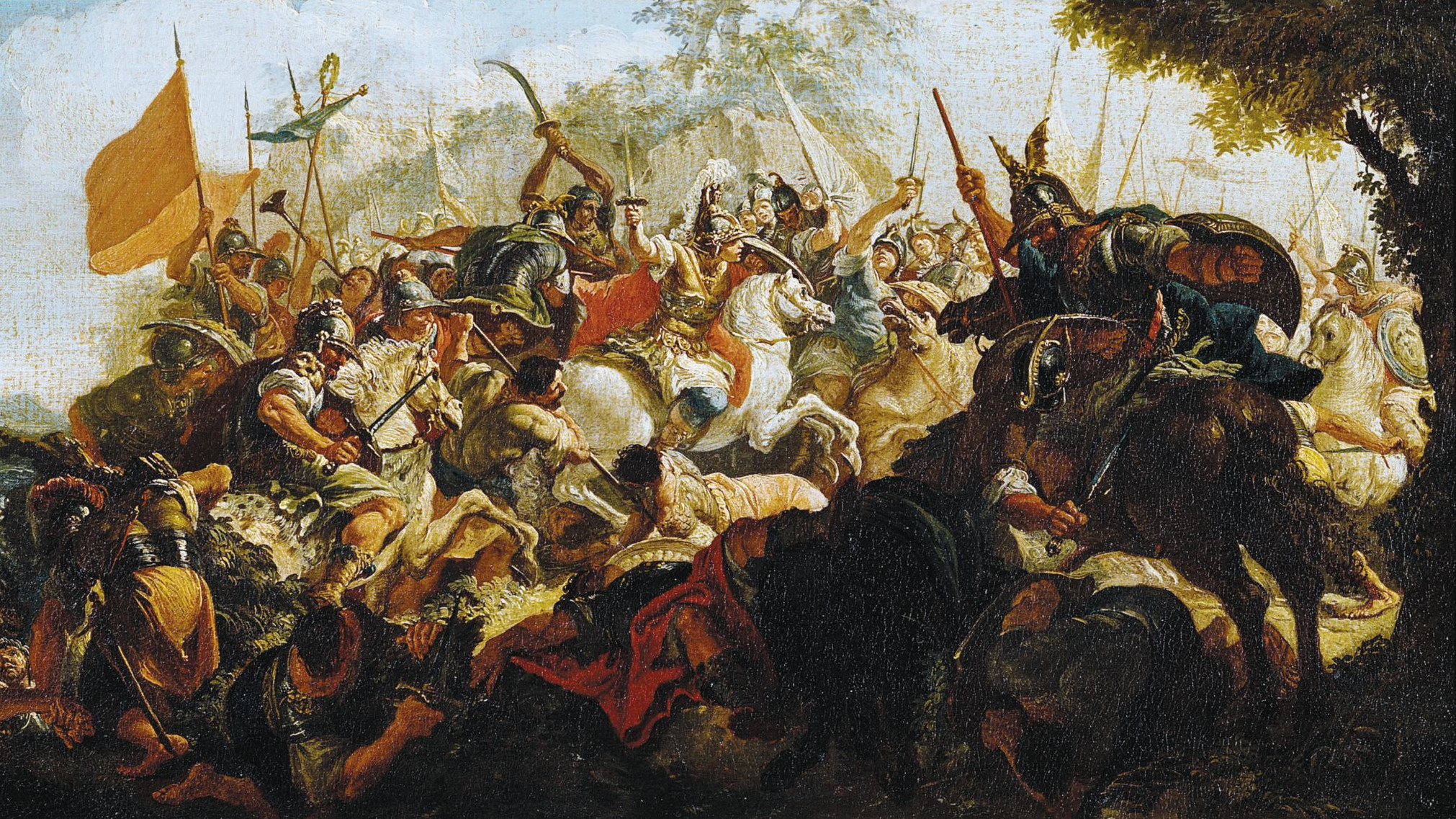
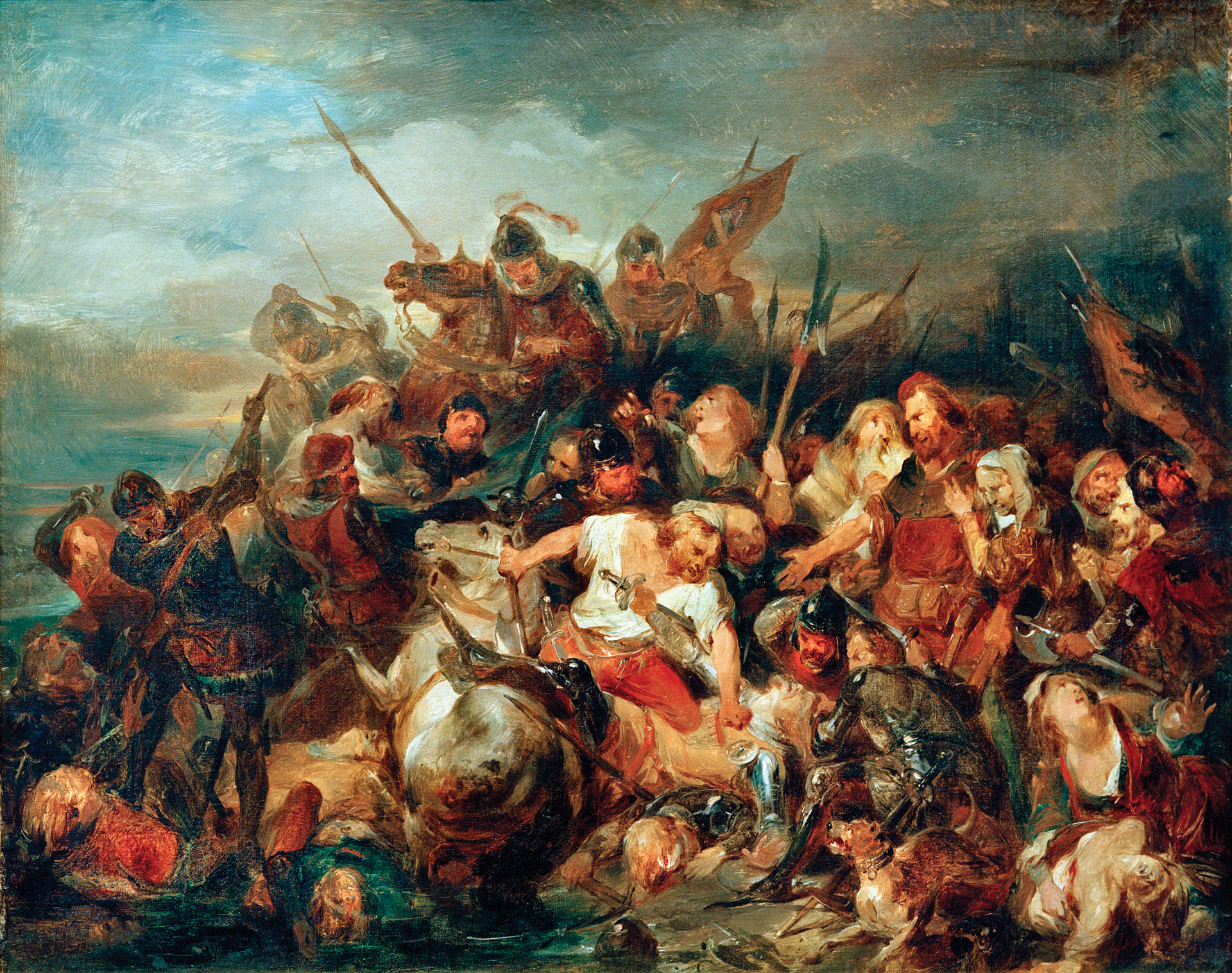
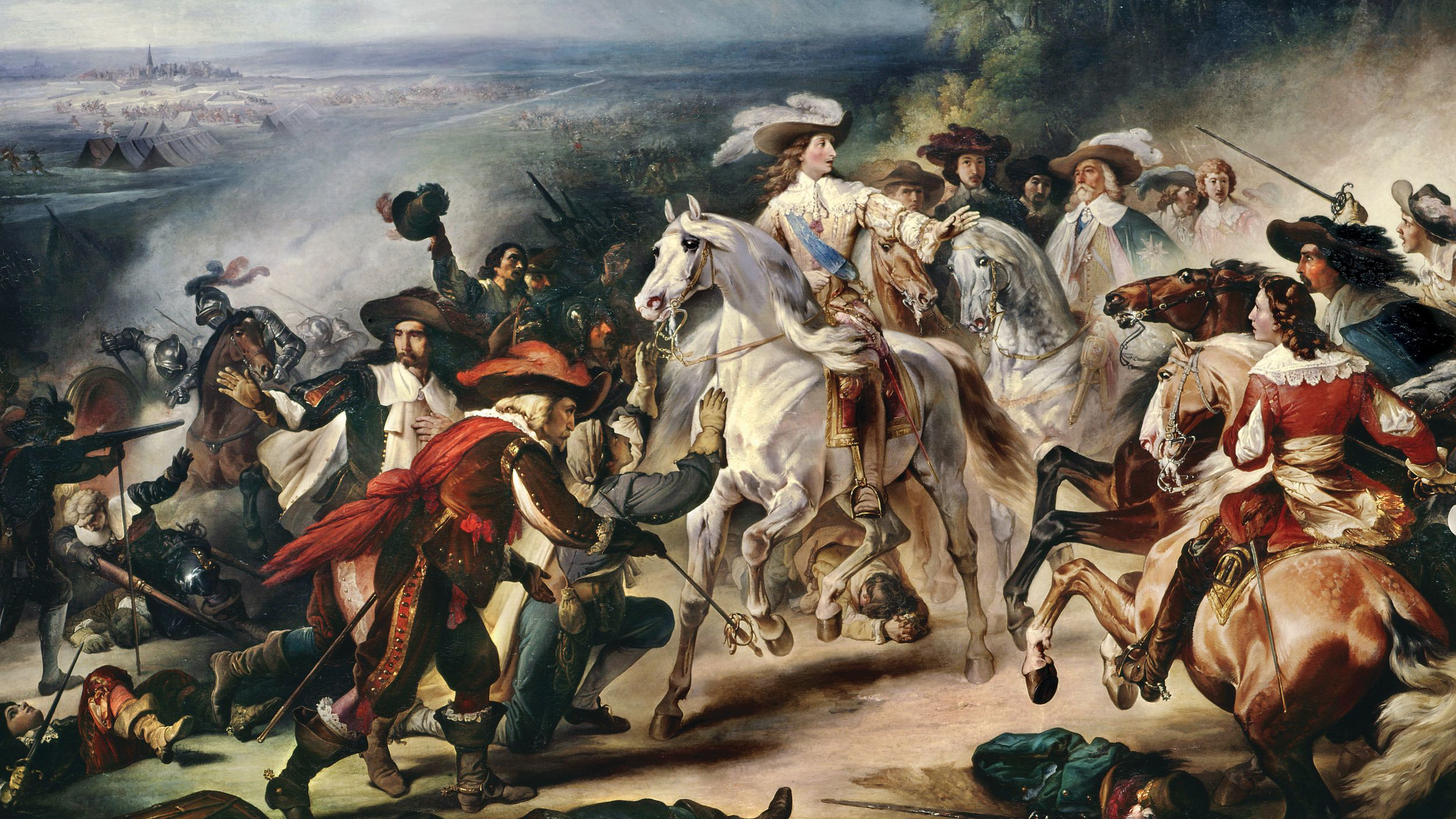
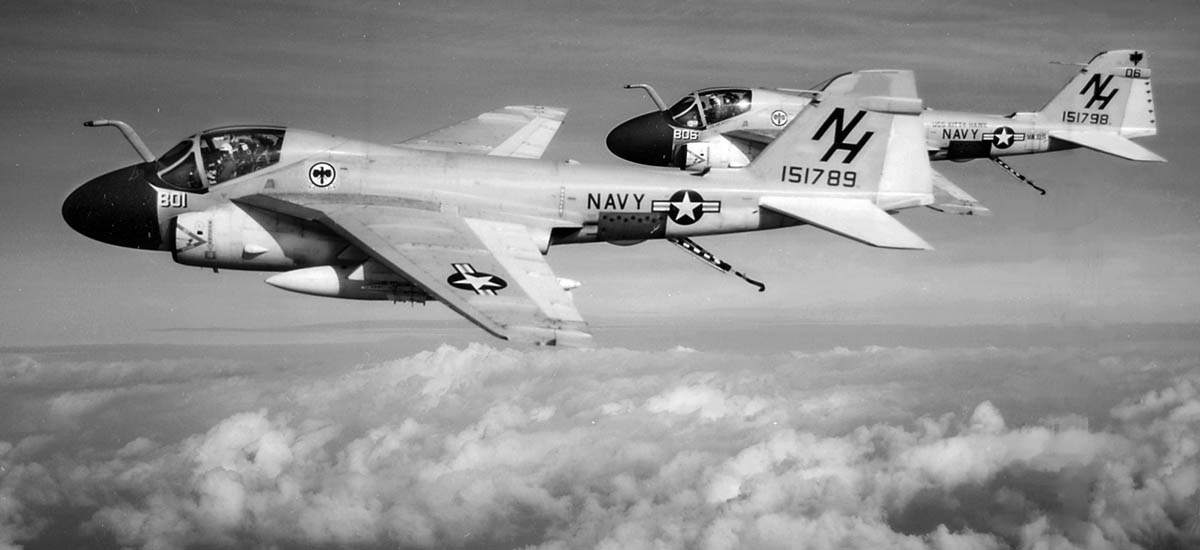
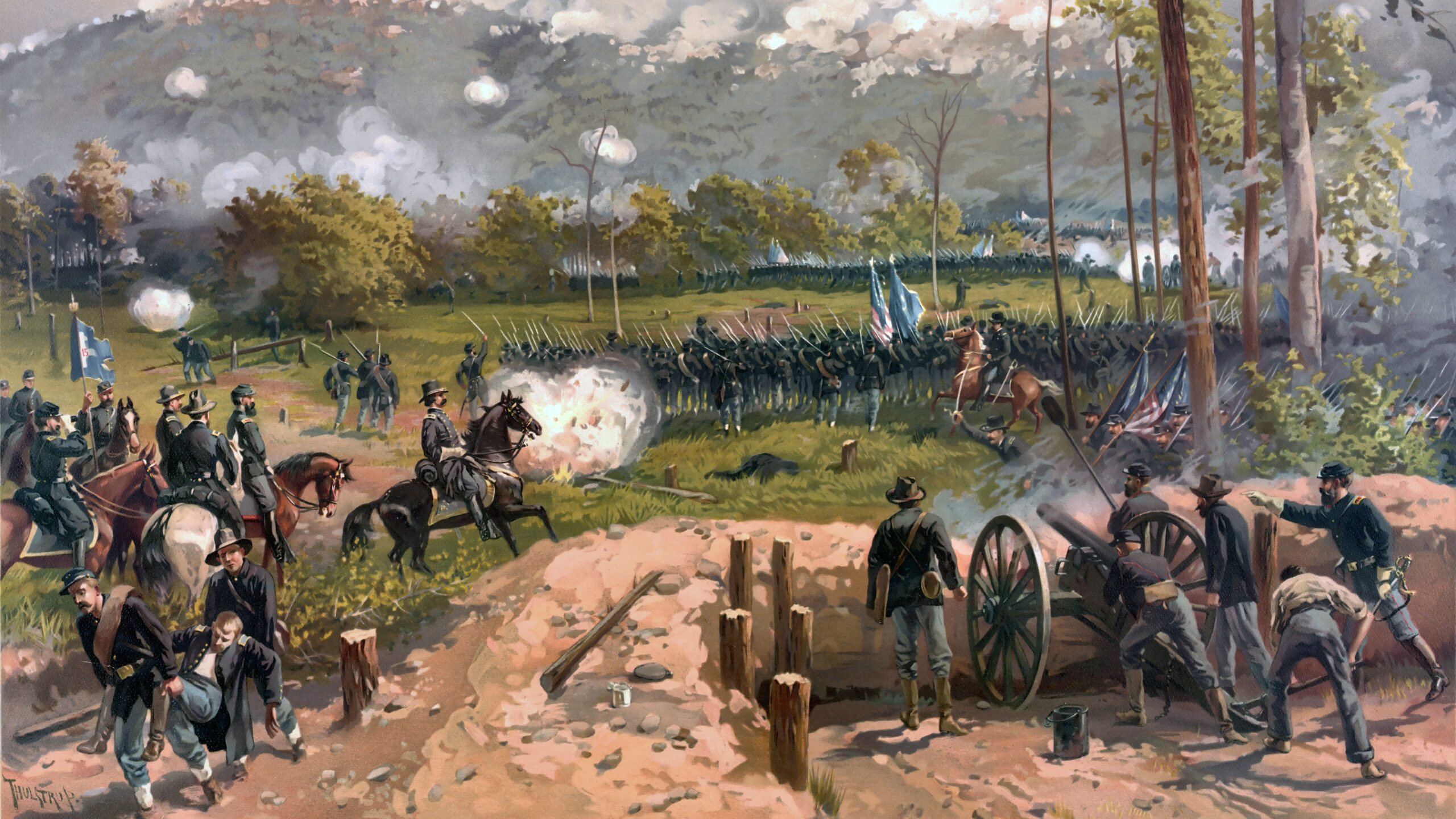
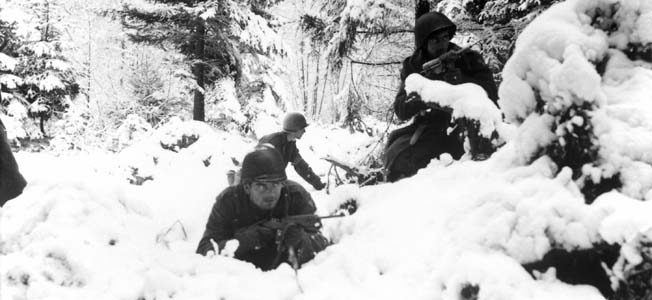
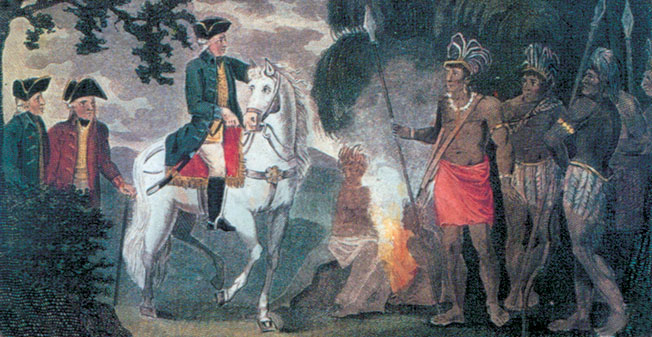
I have read before, as here, that Sgt. York preferred the 03. I have also wondered why there’s a post-war civilian picture of Alvin York cradling a 30.06 P17(Enfield/Eddystone) at a national marksmanship event. Perhaps he didn’t mind the extra weight of the American Enfield for Match use?
There was no British ‘Royal Army’ in 1914. The 1689 Bill of Rights prohibited the raising of a standing army without the consent of Parliament and this still stands. The Bill did not apply to the Navy and there was obviously no Air Force in 1689, so there is a Royal Navy and Royal Air Force but no Royal Army.